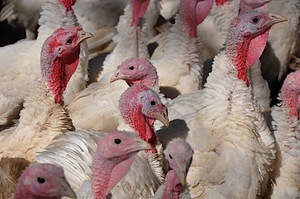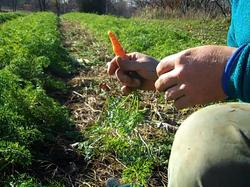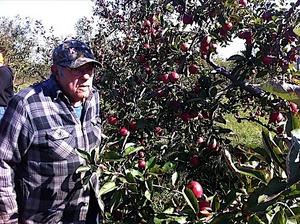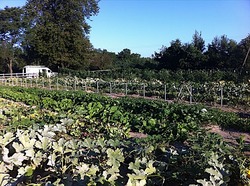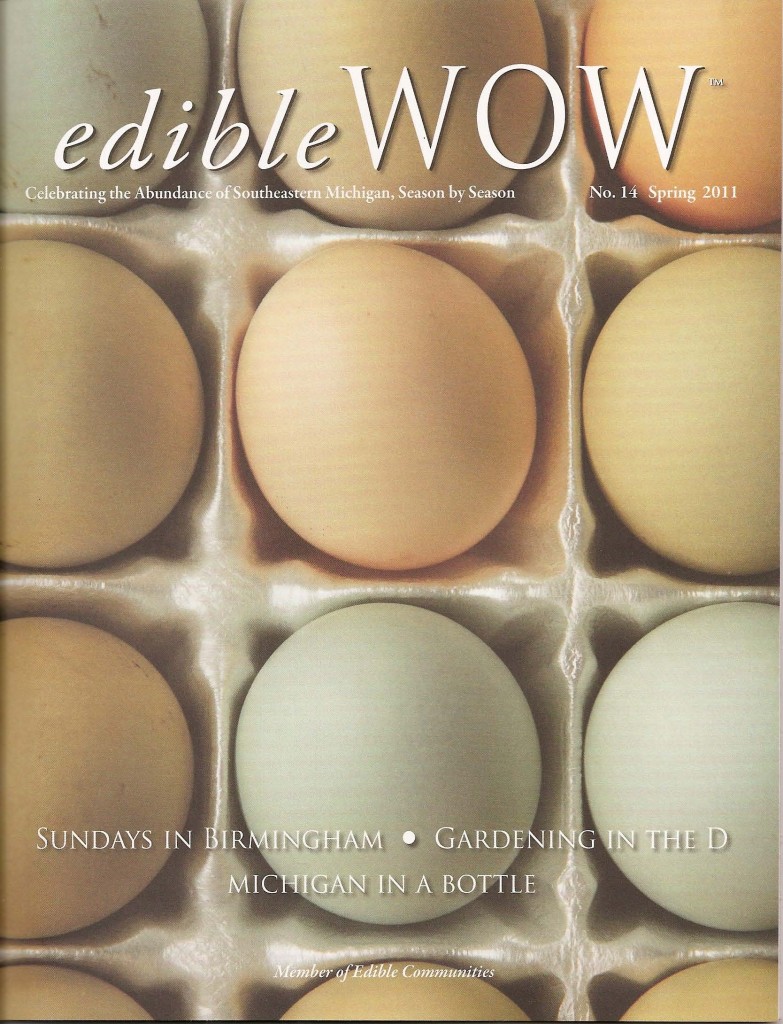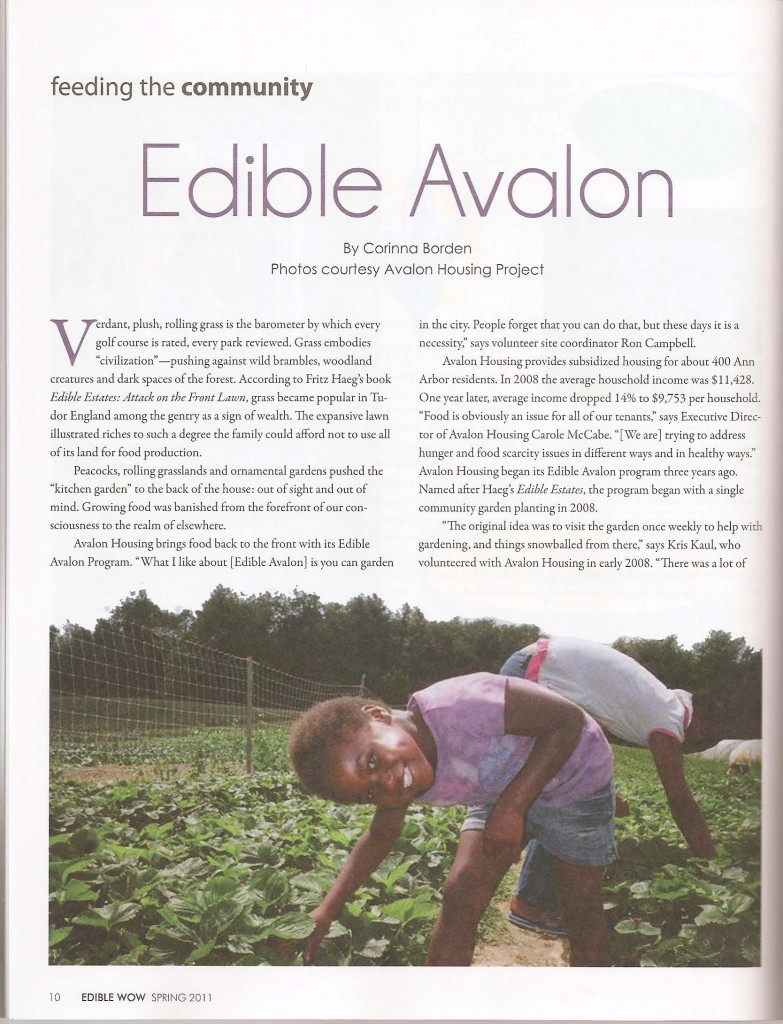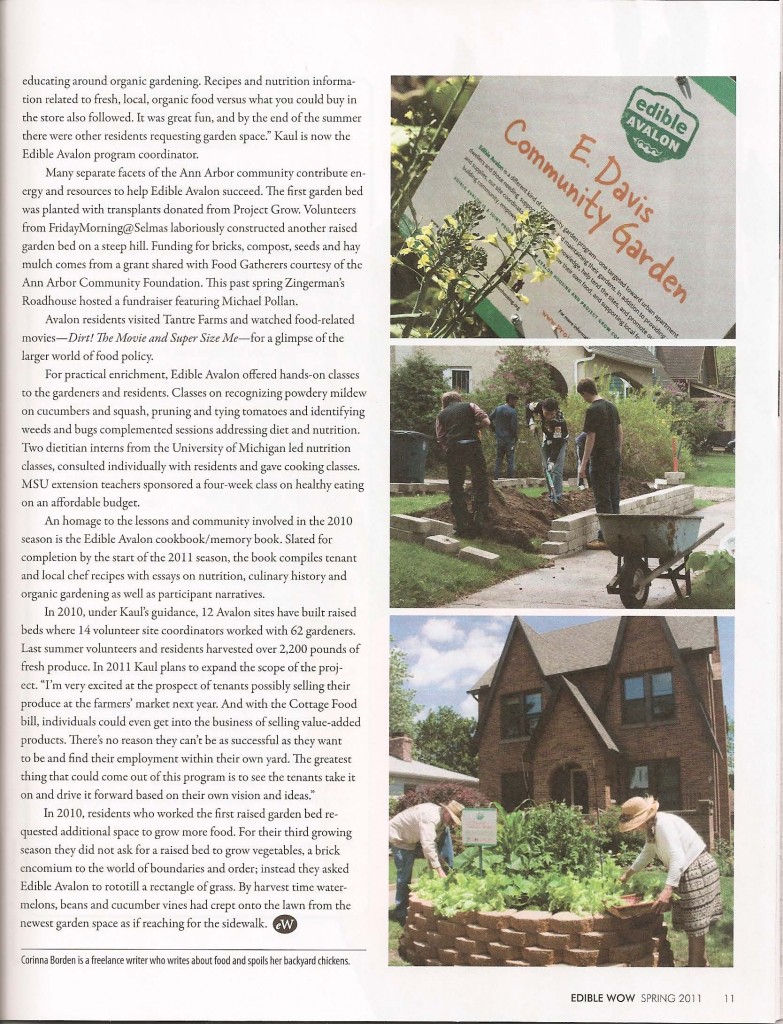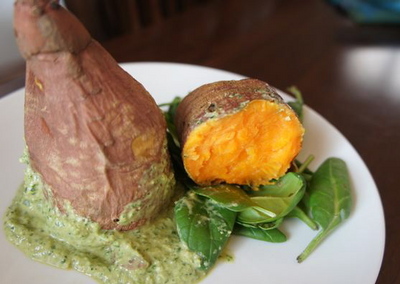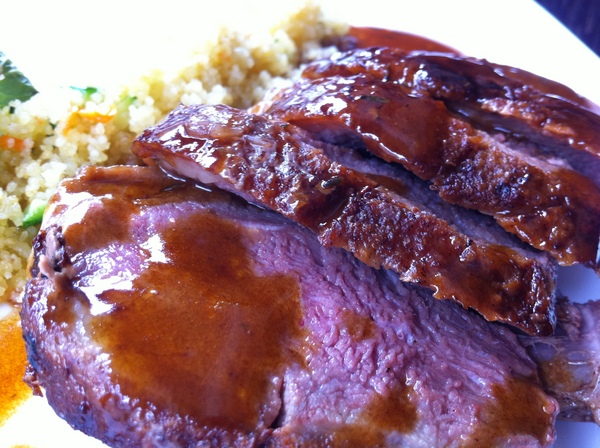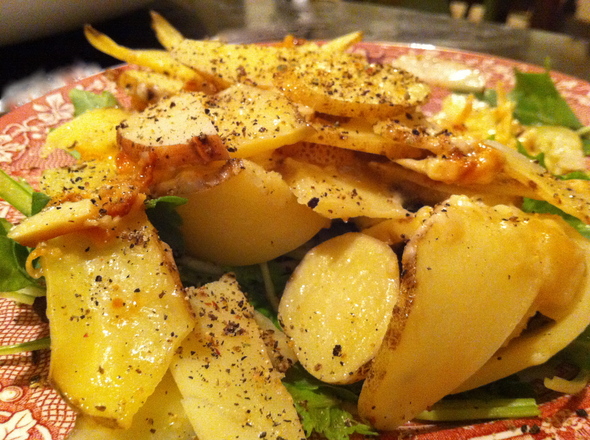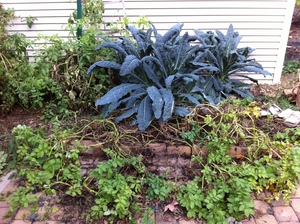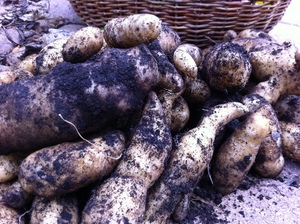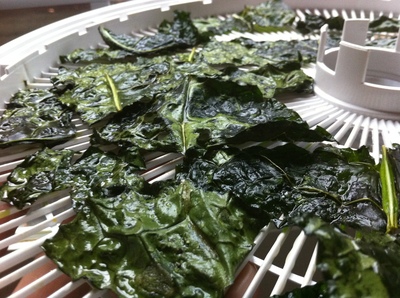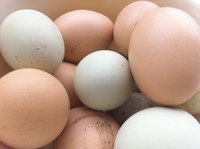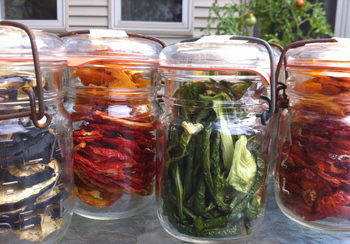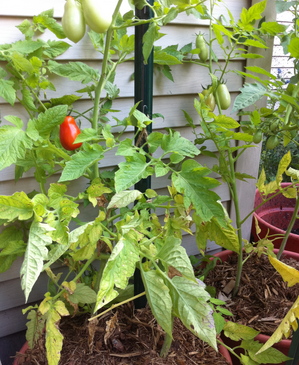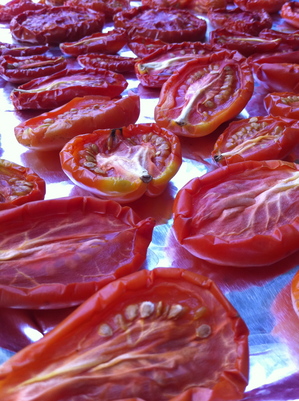Ann Arbor Adieu on Annarbor.com
/I had been feeling wary of this upcoming event and my role as a chicken pimp, but we had no choice. Either we were going to kill the girls and bring them with us to our temporary rental home in the freezer, or we were going to give them to friends who have many chickens in their flock.
It seemed highly ridiculous that killing a living creature was deemed better than letting nature take its course – so our girls were introduced to their new flock. Five minutes later, two of our girls were ruffling their feathers, seemingly unperturbed by the 10-second coitus.
Saying goodbye to our chickens was the last in a long list of adieus as we leave this wonderful town.
We have lived here six years, and I feel I only know 40 percent of what makes Ann Arbor wonderful, especially in the realm of food.
As food is the only carnal thing humans can do in public, I salute all those who pursue this world. I am grateful to you all. This world of feeding our bodies, our health, our souls.
Here is the article on Annarbor.om
What I didn't write in this article was the sense of vertigo that accompanied the list upon list upon list as we sold our house and left. Leaving a town where one has lived for 6 years, leaving a town where one went through residency, through oncology office visits, and through falling in love (with the food world, with one's husband, with the reality of the miraculous).
Onward to the next adventure!





